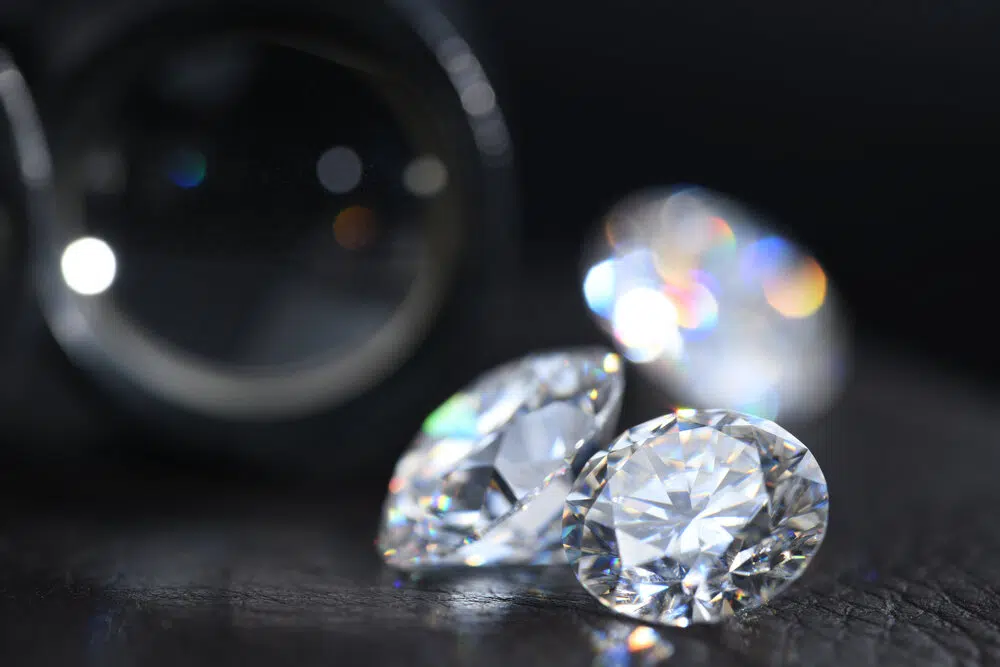Diamonds have long been cherished for their brilliance, durability, and timeless beauty. However, the way diamonds are created and their various forms have evolved over time. Among the most fascinating developments in recent years is the rise of Formas de diamante, also known as lab diamonds. These gems offer an alternative to natural diamonds while maintaining the same physical, chemical, and optical properties. Let’s delve into the forms of diamonds and understand what makes lab diamonds a remarkable innovation in the world of gemstones.
Understanding Natural Diamonds
Natural diamonds are formed deep within the Earth’s mantle under extreme heat and pressure over billions of years. They are brought closer to the surface through volcanic eruptions, where they are eventually mined. The allure of natural diamonds lies in their rarity and the intricate geological processes that create them. Each diamond is unique, with its own set of characteristics such as color, clarity, cut, and carat weight. These attributes determine the value and appearance of the stone.
The process of mining natural diamonds has been a topic of debate due to environmental concerns and ethical issues surrounding labor practices. While efforts have been made to ensure responsible sourcing, these challenges have led to increased interest in alternative options like lab diamonds.
The Emergence of Lab Diamonds
Lab diamonds represent a groundbreaking advancement in the field of gemology. These diamonds are created in controlled laboratory environments using advanced technological processes that replicate the conditions under which natural diamonds form. The two primary methods used to grow lab diamonds are High Pressure High Temperature (HPHT) and Chemical Vapor Deposition (CVD). Both techniques result in diamonds that are chemically and structurally identical to their natural counterparts.
The emergence of lab diamonds has revolutionized the jewelry industry by offering consumers a more sustainable and ethical choice. Unlike mined diamonds, lab diamonds do not require extensive excavation or exploitation of natural resources. This makes them an appealing option for environmentally conscious buyers who seek beauty without compromising their values.
How Lab Diamonds Are Made
The creation of lab diamonds involves sophisticated machinery and precise conditions. In the HPHT method, a small diamond seed is placed in carbon and subjected to extreme heat and pressure. Over time, the carbon melts and forms a new diamond around the seed. On the other hand, the CVD process involves placing a diamond seed in a vacuum chamber filled with carbon-rich gases. When energy is introduced, the gases break down and deposit layers of carbon onto the seed, gradually forming a diamond.
Both methods require expertise and cutting-edge technology to produce high-quality diamonds. The result is a gemstone that mirrors the qualities of natural diamonds but is free from the ethical dilemmas associated with traditional mining practices.
Advantages of Lab Diamonds
One of the most significant advantages of lab diamonds is their affordability. Because they are created in laboratories, they bypass many of the costs associated with mining and distribution. This allows consumers to purchase larger or higher-quality stones at a fraction of the price of natural diamonds. Additionally, lab diamonds are available in a wide range of shapes and sizes, giving buyers greater flexibility in choosing the perfect gem for their needs.
Another notable benefit is their environmental impact. Lab diamonds require significantly fewer resources to produce compared to mined diamonds. They eliminate the need for large-scale excavation and reduce the carbon footprint associated with diamond extraction. For individuals who prioritize sustainability, lab diamonds provide a guilt-free option without sacrificing quality or elegance.
Comparing Natural and Lab Diamonds
While natural and lab diamonds share identical compositions, there are subtle differences in how they are perceived. Natural diamonds carry a sense of history and rarity, as each stone has taken billions of years to form. This intrinsic value appeals to those who appreciate tradition and exclusivity. On the other hand, lab diamonds embody modernity and innovation. They cater to a new generation of consumers who value transparency, sustainability, and affordability.
It is important to note that both types of diamonds can be equally stunning when expertly cut and polished. The decision between natural and lab diamonds ultimately comes down to personal preference and priorities. Whether you choose a diamond forged by nature or crafted in a lab, the end result is a breathtaking gem that symbolizes enduring beauty and significance.
Conclusion
The world of diamonds continues to evolve, offering diverse options for those seeking the perfect gemstone. From the timeless allure of natural diamonds to the innovative appeal of lab diamonds, there is something for everyone. Lab diamonds, in particular, have emerged as a game-changer in the jewelry industry, providing an ethical and sustainable alternative without compromising on quality or aesthetics. As technology advances and consumer preferences shift, the future of diamonds looks brighter than ever.






More Stories
Novita Charity Partnership: Making a Difference Together
Diamond Rings Guide: Everything You Need to Know
The Start of Novita Diamonds: Revolutionizing the Diamond Industry